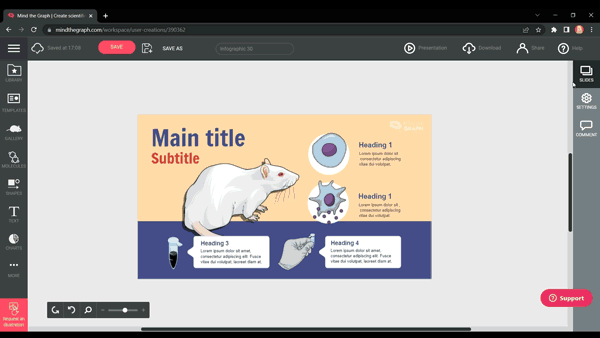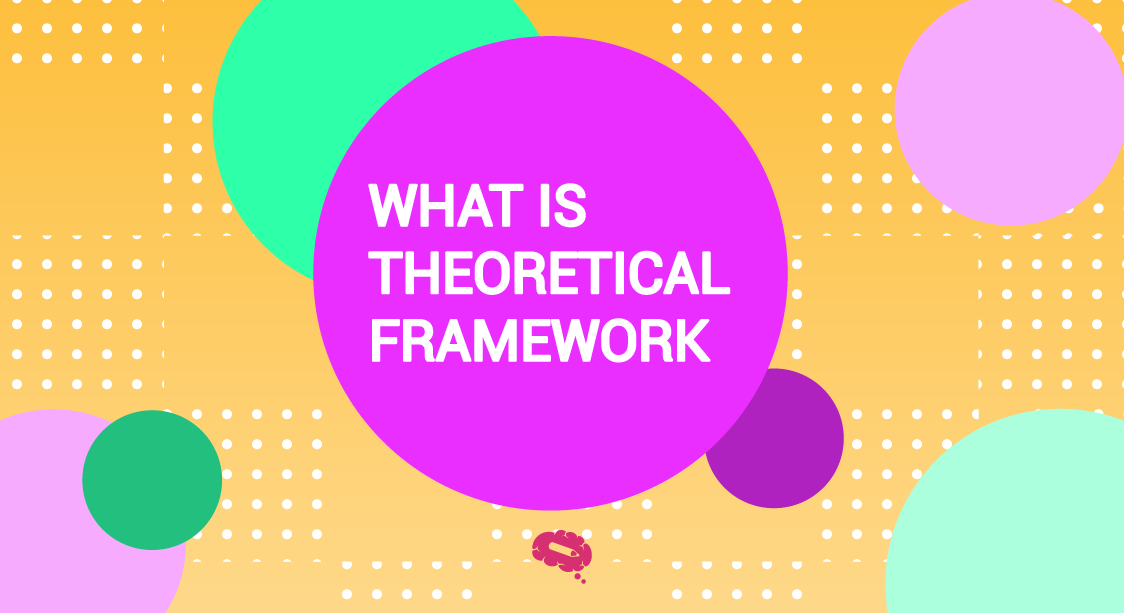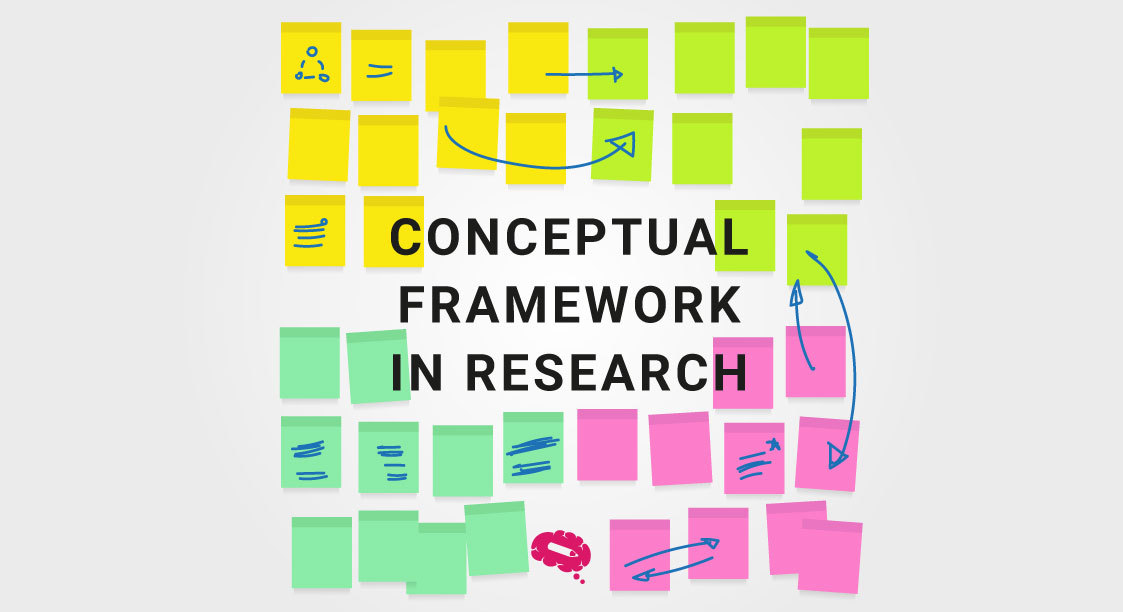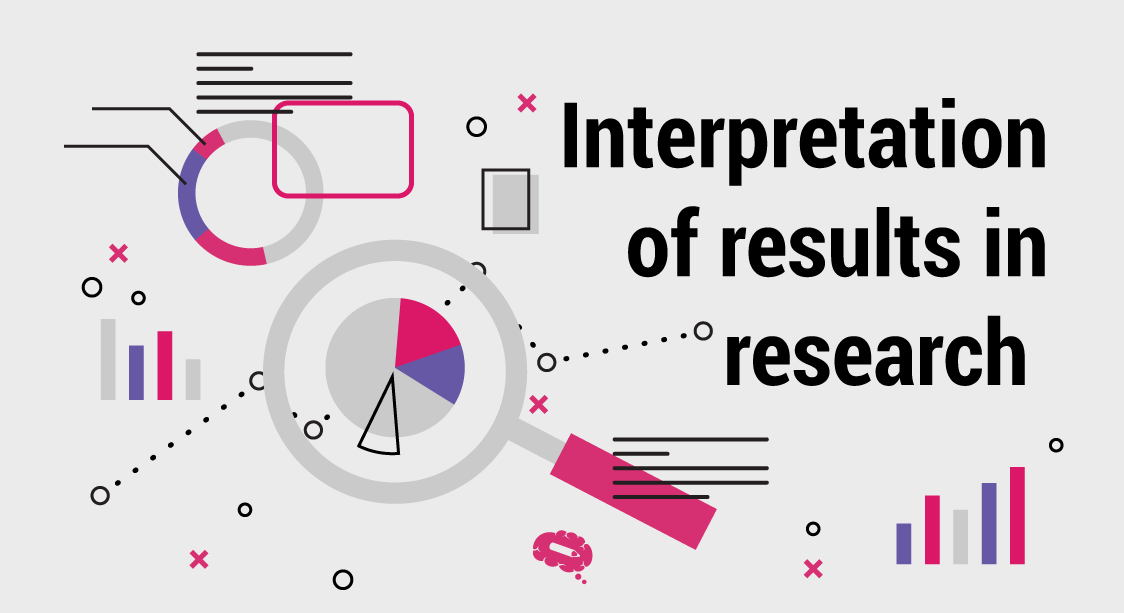Theoretical framework is a crucial component of any research study as it provides a conceptual structure for organizing data and developing meaningful conclusions. It offers a systematic approach to understanding and analyzing research problems, and it can be used to guide research in a wide range of disciplines. Despite its importance, many researchers struggle to develop a clear and effective theoretical framework.
In this article, we will provide a comprehensive explanation of what the theoretical framework is, its purpose, components, types, and applications, as well as step-by-step guidelines for developing and writing a theoretical framework. We will also provide examples of theoretical frameworks and discuss the advantages and disadvantages of using them.
Theoretical Framework
What is theoretical framework? A theoretical framework is a set of interrelated concepts, definitions, and propositions that explain or predict phenomena or relationships between them. It is a structure or framework of ideas that are used to guide the research process, and it helps to organize and define the key concepts that are being studied. It can be seen as a roadmap for research, providing a way to guide the research process and help researchers interpret their findings.
The Purpose of Theoretical Framework
The purpose of a theoretical framework is to provide a conceptual framework for research. It helps to provide a structure for the research process, guiding the selection of research methods, data collection, and data analysis. A theoretical framework helps researchers to understand the relationships between different concepts and to develop hypotheses and research questions. Additionally, it helps researchers to make sense of the data collected and to draw meaningful conclusions.
What are The Components of Theoretical Framework?
The components of a theoretical framework include:
Concepts
Concepts are the building blocks of a theoretical framework. They are abstract ideas or generalizations about a particular phenomenon. In a theoretical framework, concepts are defined and organized into a structure.
Definitions
Definitions provide the meaning of each concept. They clarify what the concept means and how it is used in the framework. Definitions are used to provide a common understanding of key terms and to ensure that researchers are using the same terminology.
Propositions
Propositions are statements that describe the relationships between the concepts. They are the building blocks of a theory. Propositions provide a way to test hypotheses and develop a logical and coherent framework for research.
Types of Theoretical Framework
There are four main types of theoretical frameworks:
Psychological Theories
Psychological theories attempt to explain human behavior and mental processes. They focus on individual behavior and mental processes and explore topics such as motivation, emotion, perception, learning, and personality. Examples of psychological theories include behaviorism, cognitive psychology, psychoanalytic theory, and humanistic psychology.
Social Theories
Social theories focus on how individuals interact with each other and with larger social structures. They explore topics such as social organization, social institutions, power, inequality, and social change. Examples of social theories include structural functionalism, conflict theory, symbolic interactionism, and feminism.
Organizational Theories
Organizational theories focus on how organizations function and are managed. They explore topics such as organizational structure, culture, leadership, decision-making, and communication. Examples of organizational theories include classical management theory, human relations theory, and contingency theory.
Economic Theories
Economic theories focus on how individuals and societies allocate resources and make decisions about production, consumption, and distribution. They explore topics such as market structures, economic systems, trade, and globalization. Examples of economic theories include capitalism, socialism, and neoclassical economics.
Applications of Theoretical Frameworks
Theoretical frameworks are used in a wide range of disciplines, some of them are:
Social sciences
They are used to study social phenomena, such as attitudes, behaviors, and interactions between individuals and groups. For example, in sociology, a theoretical framework might be used to explain the relationship between social class and health outcomes.
Natural sciences
They are used to study natural phenomena, such as the behavior of particles, molecules, and atoms. For example, in physics, a theoretical framework might be used to explain the behavior of subatomic particles.
Humanities
They are used to study cultural and historical phenomena, such as art, literature, and music. For example, in art history, a theoretical framework might be used to explain the development of a particular artistic movement.
Steps for Developing a Theoretical Framework
The following are the steps for developing a theoretical framework:
1. Identify the research problem and research questions: The first step in developing a theoretical framework is to identify the research problem. This involves clearly defining the problem that the research will address and identifying the specific questions that the research will seek to answer. It is important to ensure that the research problem and questions are specific, measurable, and achievable. This will help to ensure that the research is focused and will be able to provide meaningful results.
2. Review the literature: Once the research problem and research questions have been identified, the next step is to review the existing literature on the topic. This will help to identify the key concepts and relationships that have been studied previously.
3. Identify key concepts: Based on the literature review, the researcher should identify the key concepts that will be studied. These concepts should be clearly defined and organized into a structure.
4. Develop propositions: Once the key concepts have been identified, the researcher should develop propositions that describe the relationships between them. These propositions should be based on the existing literature and should be testable.
5. Develop hypotheses: Based on the propositions, the researcher should develop hypotheses that can be tested through data collection and analysis.
6. Test the theoretical framework: The final step in developing a theoretical framework is to test it through data collection and analysis. This will help to determine whether the framework is valid and reliable.
Guidelines for Writing a Theoretical Framework
The following are guidelines for writing a theoretical framework:
- Clearly define key concepts: Key concepts should be clearly defined and organized into a structure.
- Use appropriate terminology: Use appropriate terminology and define all key terms to ensure that all researchers are using the same terminology.
- Identify relationships between concepts: The theoretical framework should clearly identify the relationships between concepts and provide a logical and coherent structure.
- Develop testable hypotheses: Theoretical frameworks should be based on testable hypotheses that can be tested through data collection and analysis.
- Keep it concise: The theoretical framework should be concise and focused, with clear and specific aims.
Examples of Theoretical Frameworks
To know what is theoretical framework more clearly, check the following examples and applications:
Social Cognitive Theory: This theory proposes that learning occurs through observation, imitation, and modeling. It emphasizes the role of cognitive processes in behavior and posits that behavior is influenced by both personal and environmental factors.
Health Belief Model: This model proposes that health-related behavior is influenced by perceptions of the threat of illness, the benefits and barriers of taking action, and cues to action.
Self-Determination Theory: This theory proposes that individuals are motivated by their innate psychological needs for autonomy, competence, and relatedness.
Advantages and Disadvantages of Theoretical Frameworks
There are advantages and disadvantages to using theoretical frameworks. Below are some of them:
Advantages of Theoretical Frameworks
- Provides a structured approach: Theoretical frameworks provide a structured approach to research, allowing researchers to organize their thoughts and ideas in a coherent and meaningful way.
- Helps to identify gaps in knowledge: Theoretical frameworks can help to identify gaps in current knowledge, highlighting areas where further research is needed.
- Increases research efficiency: Theoretical frameworks can help to streamline the research process by providing a clear direction for research and focusing efforts on relevant data.
- Improves the quality of research: Theoretical frameworks provide a rigorous and systematic approach to research, which can improve the quality of research and increase the likelihood of producing valid and reliable results.
- Provides a basis for comparison: Theoretical frameworks provide a common language and conceptual framework for researchers to compare their findings with other research in the field, facilitating the exchange of ideas and the development of new knowledge.
Disadvantages of Theoretical Frameworks
- May limit creativity: They can be restrictive and may limit the creativity of researchers by forcing them to conform to a specific theoretical perspective.
- May not be relevant to all research questions: They may not be relevant to all research questions, and in some cases, they may not provide a useful or meaningful framework for analyzing data.
- May be too complex: They can be complex and difficult to understand, which may make it difficult for researchers to apply them effectively in their research.
- May be biased: They may be biased towards certain perspectives or theories, which can limit the scope of research and the range of possible conclusions.
- May require additional resources: Developing and implementing a theoretical framework can require additional resources and time, which may be a challenge for researchers working under tight constraints.
Create a graphical abstract that speaks for your paper
Mind the Graph is a platform that helps scientists create high-quality graphical abstracts for their research presentations. The platform offers a vast library of scientific illustrations, icons, and images that can fit the specific needs of a paper. It also provides an easy-to-use editor that allows users to create a visually appealing and informative graphical abstract. With Mind the Graph, scientists can communicate complex scientific concepts in a clear and concise way, and save time and resources in the process.


Subscribe to our newsletter
Exclusive high quality content about effective visual
communication in science.





